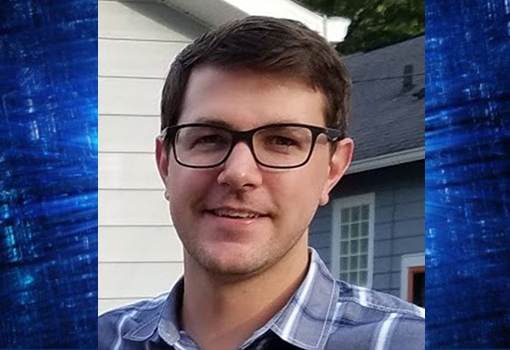Quantum computers use the fundamentals of quantum mechanics to potentially speed up the process of solving complex computations. Suppose you need to perform the task of searching for a specific number in a phone book. A classical computer will search each line of the phone book until it finds a match. A quantum computer could search the entire phone book at the same time by assessing each line simultaneously and return a result much faster.
The difference in speed is due to the computer’s basic unit for processing information. In a classical computer, that basic unit is called a bit, an electrical or optical pulse that represents either 0 or 1. A quantum computer’s basic unit is a qubit, which can represent numerous combinations of values from 0 and 1 at the same time. It is this characteristic that may allow quantum computers to speed up calculations. The downside of qubits is that they exist in a fragile quantum state that is vulnerable to environmental noise, such as changes in temperature. As a result, generating and managing qubits in a controlled environment poses significant challenges for researchers.
UC Santa Barbara engineer Galan Moody, an electrical and computer engineering assistant professor, has proposed a solution to overcome the poor efficiency and performance of existing quantum computing prototypes that use light to encode and process information. Optical systems are attractive because they naturally link quantum computing and networking in the same physical framework. However, existing technology still requires off-chip optical operations, which dramatically reduce efficiency, performance, and scalability. In his project, titled “Heterogeneous III-V/Silicon Photonics for All-on-Chip: Linear Optical Quantum Computing,” he aims to create an optical quantum computing platform in which all of the essential components are integrated onto a single semiconductor chip.
“Integrated electronic circuits enabled revolutionary advancements in classical computing. Our goal is to create integrated photonic circuits that have the same impact on quantum computing,” said Moody, who joined UCSB’s College of Engineering this fall after six years at the National Institute of Standards and Technology, where he worked as a postdoctoral fellow and research scientist. “This could lead to a dramatic improvement in efficiency and processing speed and enable entirely new methods of processing and transmitting information using light.”
Moody’s research project recently received a significant boost from the United States Air Force, when he became one of forty early-career scientists selected to receive a 2019 Young Investigator Award from the Air Force Office of Scientific Research. Winners receive $450,000 over three years to support their work. The program is intended to foster research by young scientists that supports the Air Force’s mission to control and maximize utilization of air, space, and cyberspace, as well as related challenges in science and engineering.
“It’s an honor to be among this group of talented awardees, and I am grateful for being selected,” said Moody, who also thanked senior faculty within the College of Engineering for their support of and feedback on his proposal. “This award will allow my research group to make a more meaningful impact on the exciting and rapidly evolving quantum- information landscape.”
In order to develop an all-electrical, all-on-chip quantum photonic platform, Moody proposes to integrate three technologies that have been developed for different platforms and applications. The three components are electrically driven quantum dot single-photon sources, silicon-based photonics for optical operations, and superconducting nanowire single-photon detectors.
“We’ll use physical modeling to guide the design and fabrication of the device,” he said. “Quantum optical spectroscopy will give us insight into material properties and noise sources, and on-chip optical interferometers will enable measurements allowing us to improve material purity, monitor the light source, and perform computations. Ultimately, we want to better understand and leverage any advantages that quantum mechanics can provide for computing and networking.”
Moody says the new technology could also have transformative impacts in areas like turn-key quantum light sources for secure communications, and for reducing the size, weight, and power consumption of classical photonic devices such as lasers and LEDs.

Galan Moody, an electrical and computer engineering professor at UC Santa Barbara, received the Air Force Young Investigator Award to support his quantum computing project.

